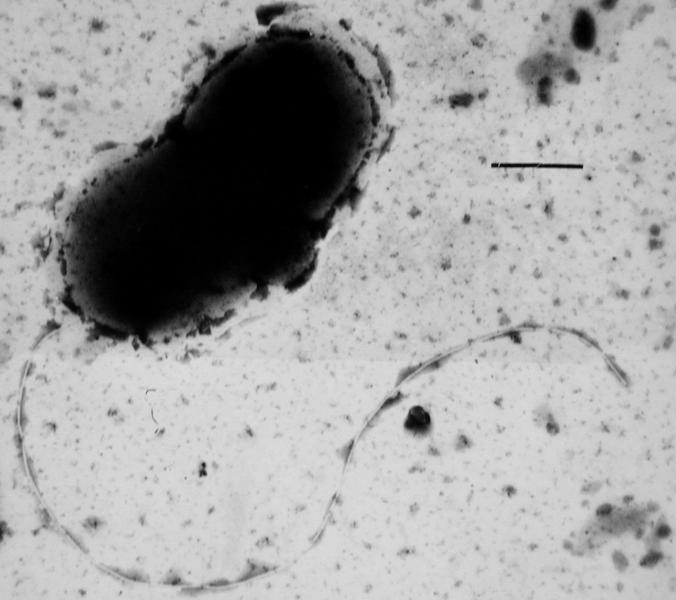Bacteria that Dissolve Steel
Matthew 6:19
“Lay not up for yourselves treasures upon earth, where moth and rust doth corrupt, and where thieves break through and steal:”
They work silently and in the dark. While most of Earth’s inhabitants need oxygen for life, they merely tolerate it. They prefer to build their own environments where there’s no oxygen. Then they go to work. And they love metal. Using complex chemistry, they begin dissolving metal. The can make a sixteenth-of-an-inch hole through an inch-thick pipe in six months. Stainless steel isn’t so tough – it doesn’t slow them down a bit. Even modern space age metals like titanium can’t stand up to them.

Sulfate-reducing bacteria begin by sealing off their colony from liquid in a pipe or tank. Once sealed off, bacteria begin forming hydrogen gas. Sealed under the biosphere, the hydrogen accumulates and is absorbed by the metal. The absorbed hydrogen begins to corrode and make the metal brittle. Researchers, using pipes coated with epoxy, couldn’t stop the bugs. It appears that the bugs thought the pigment in epoxy made a great change of diet.
Despite our modern scientific sophistication, moth and rust continue to afflict our efforts. This is God’s way of reminding us that we, along with the creation, are afflicted with sin and are in need of the forgiveness of sins that is ours only through Jesus Christ.
Prayer:
I pray, Lord, that You would keep me mindful of the vanity of placing my trust in my own or others’ efforts. I know that ultimately You are my only hope for meaning here and in eternity. Forgive me for those times I have trusted in my own wisdom and efforts and grant me Your peace. Amen.
Notes:
Raloff, Janet. 1985. “The bugs of rust.” Science News, v. 128, July 20. p. 42.